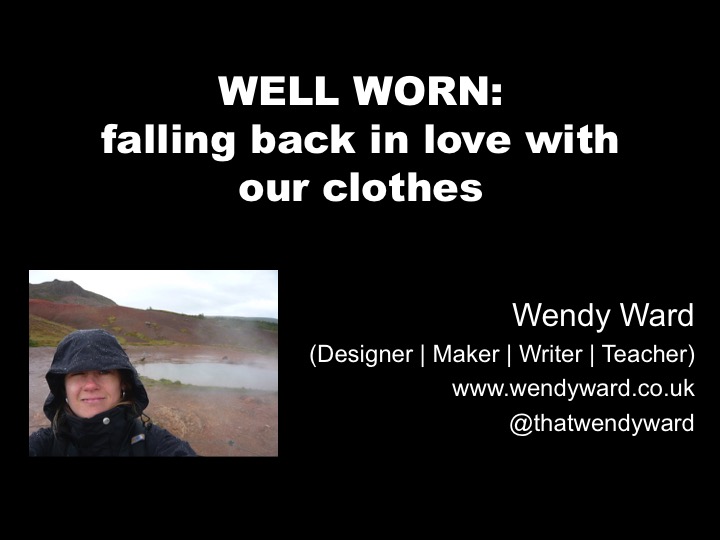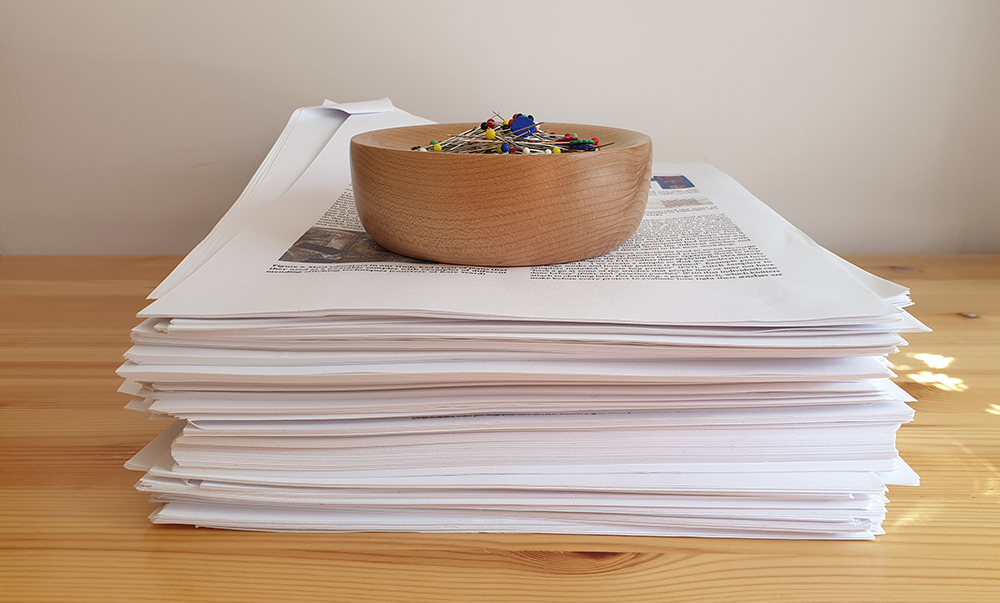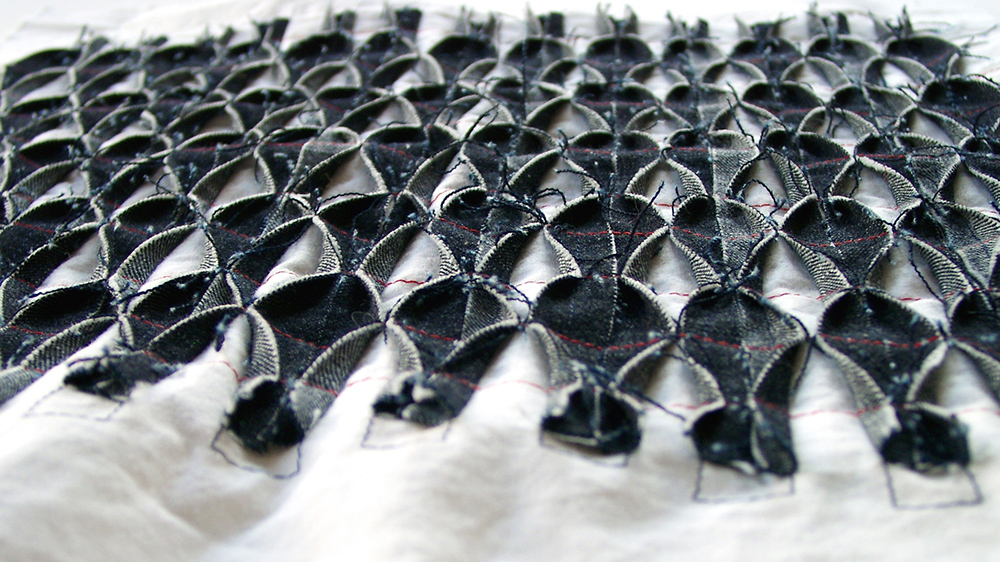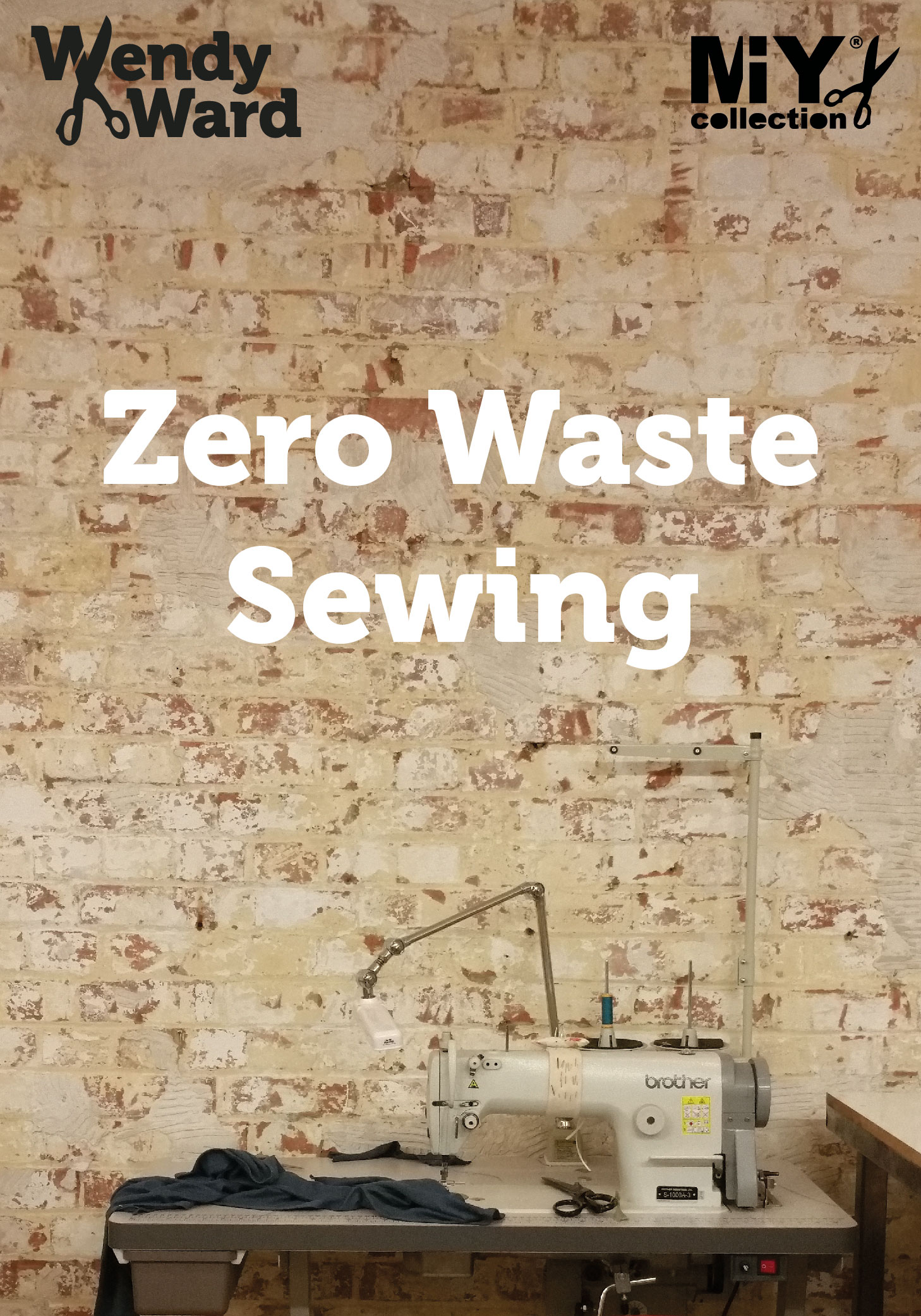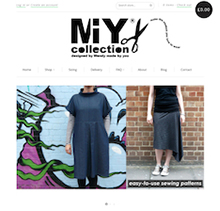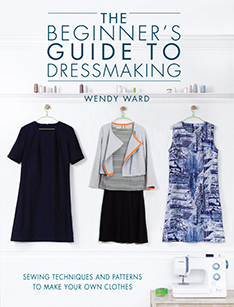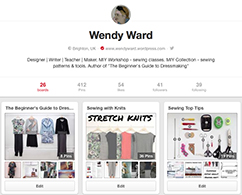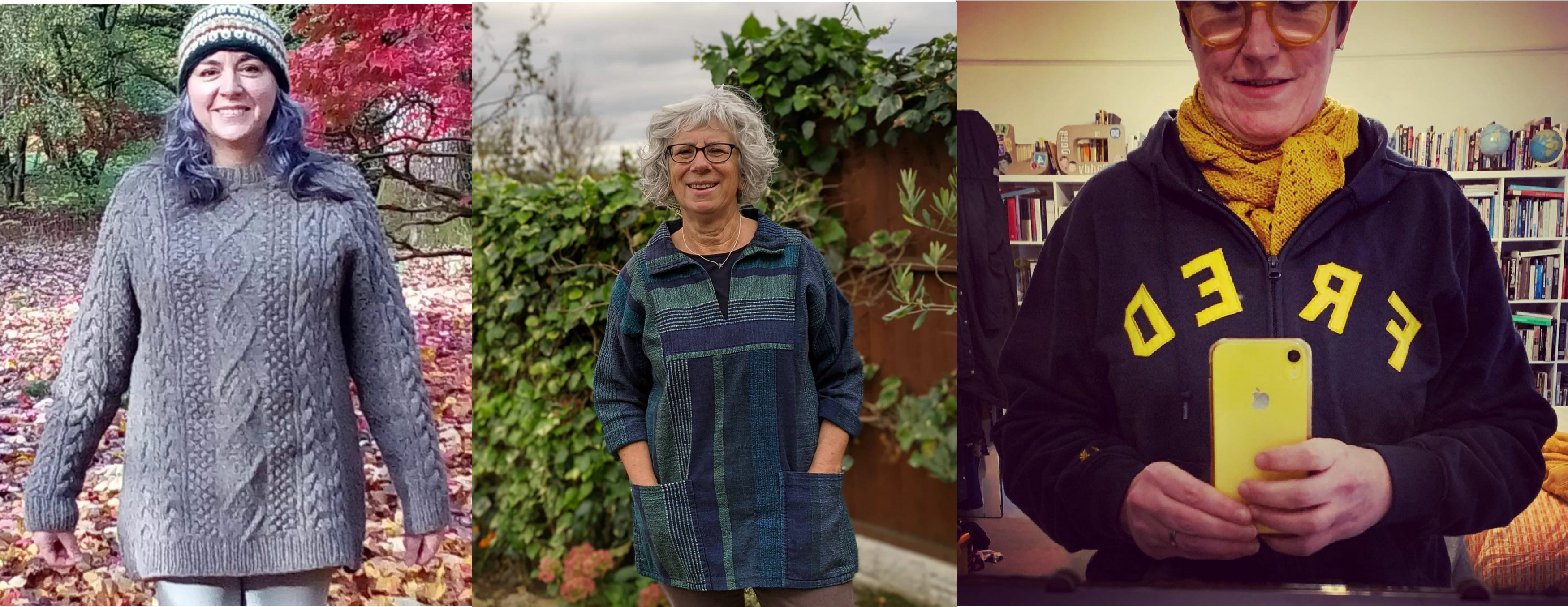
Tag Archives: sustainable fashion
Sustainability and a New Direction
Posted in Sustainable Sewing
Tagged sustainability, sustainable clothes, sustainable fashion, Sustainable Sewing, Wendy Ward
Does Sustainable Sewing Lead to Ethical Fashion?
Posted in Sustainable Sewing, The Fashion & Craft Industries
Tagged clean clothes campaign, ethical fashion, fashion revolution, how are clothes made, informed consumer, knowledge is power, labour behind the label, make a difference, slow fashion, sustainable fashion, Sustainable Sewing, uk fashion industry, Wendy Ward, what is ethical fashion, what is slow fashion, what is sustainable fashion, working in the fashion industry
Zero Waste Sewing
Posted in Sustainable Sewing, The Fashion & Craft Industries
Tagged cut my cote, holly mcquillan, julian roberts, medieval tailor's assistant, RSA, slave to fashion, stash busing projects, stash busting, sustainable fashion, Sustainable Sewing, timo rissanen, use your stash, zero waste, zero waste fashion, zero waste fashion design, zero waste sewing
Slow Fashion October – Introductions
Are you taking part in this year’s “Slow Fashion October“? It’s organised by Karen Templer of Fringe Association and I remember seeing lots of posts on Instagram from last year’s event and thinking “That’s something I want to take part in”.
Each week in October will have a different theme and last week’s was “Introductions”. Go and have a read of Karen’s post, it’s a great introduction to the project and why it’s important. She’s included some really thought-provoking links. OK, I’m a little late to the party, but better late than never, so here’s my introduction post.
Karen asks us to consider these questions:
- Who are you, and what does slow fashion mean to you?
- What got you started thinking about it — people, books, films, etc.
- Are your concerns environmental, humanitarian, financial?
- Most important: How does your thinking factor into your life and closet?
- Also, any special plans or projects for Slotober, and what are you hoping to get out of it?
My Slow Fashion October Introduction
I am a clothing pattern designer, a maker, a teacher and a sewing book author. I’ve been doing this since 2007 and my days are occupied with how clothes are made. Before 2007 I worked in the fashion industry in the UK for 7 years. I worked for the 2 extremes of the industry; at the fast fashion, disposable end of the industry I designed boyswear for Matalan at the start of my career in 2000, then in 2001 I became the product development manager for a newly established organic cotton brand called Gossypium. This gave me a great insight into what needs to change and what is actually possible in the clothing industry.
While working at Matalan, I literally churned out designs; 80 – 100 new designs a year, mainly “inspired by” (aka copying) garments that buyers bought on “inspirational shopping” trips around Europe and the US. I had no idea how and where any of these garments I was creating were being made (and nor did the majority of people I worked with, including the buyers, I know because I asked the question). To say it was a depressing job as a graduate fresh out of design school would be an understatement. It was, however, an eye-opening reality check and I lasted 7 months.
At Gossypium I worked with cotton farmers, textile specialists, garment makers and home weavers in the UK and in India. I was hands-on, I got to talk to people about ideas they had about how to make clothes, I got to play around with fabric to create garments rather than just draw imaginary garments on a computer screen and I got to sit beside machinists while they made them. The brand was (and still is) a success; within a few years I saw my designs that I knew the complete history of stocked in Harrods. I loved that job and am incredibly proud of what I did there.
 A development sample from my MA
A development sample from my MA
After I left Gosspium I pursued a different but related route and undertook an MA on ways to recycle textiles. That work is ongoing and even though I haven’t really picked it up in a while I get involved in projects that use recycled textiles wherever I can; I’ve taken part in Portia Lawrie’s The Refashioners event for the past 2 years and right now am working on a collaborative project with a local Brighton charity on recycling.
I love the process of making and it makes me incredibly sad to see how detached we’ve become as a society from the process. I think our inherent creativity and ability to make things are fundamental parts of what makes us human and what can help to keep us happy. A dangerous knock-on effect of this deskilling makes it easier to ignore the conditions around how things are made and I feel it’s the same in food; meat comes packaged on the supermarket counter with no trace of its origins in coming from an animal and how many people would be willing to visit an abattoir to see the real story behind their roast dinner? That’s why I don’t eat meat.
I don’t often buy ready-to-wear clothing any more (mainly as I can make most things myself), but when I do I really consider it; I do my research and find exactly the thing I want and I wait until I can afford it. I buy quality that I know will last, will maybe have a re-sale value if I don’t want to keep it and ideally is made in the UK, but if not, then made by a responsible manufacturer. I very rarely shop on the high street and I try really hard to practice what I preach.
I’m starting to apply these same principles to my fabric shopping. I’m not lured by cheap, I like quality natural fibres, I love organic fabric and I try to buy from fabric shops who have a direct relationship with their suppliers rather than just buying from faceless wholesalers and middle men. I’m also looking at ways to produce my own fabric, obviously not from scratch, but sourcing high quality organic fabrics that I then print, dye and decorate myself. That may become my focus for Slotober.
I’ve written before about applying these principles to your sewing, rather than sewing something because it was a free pattern with a magazine and you’ve seen lots of other people making it online, stop for a minute and think – does that style really work for me? Do I need another of those garments? Am I going to rush this project just so that I can join in with the other people who have made this pattern online? Focus on what you want to sew, why you want to sew it, how much you’re going to wear the finished item and enjoying the process. I call this “Thoughtful Sewing”.
My slow fashion concerns are environmental, humanitarian and financial; using natural fibres, organic farming methods, water based inks and low impact dyes isn’t impossible. People with a skill and a trade wherever in the world they live deserve the dignity of working in a safe environment with access to trade unions, time off and earning a fair wage which is a reflection of their time and skill. The shirt/dress/jeans on your body are not worth sacrificing those things for.
I don’t have any special plans that I wouldn’t normally be doing for Slow Fashion October (other than the fabric work mentioned previously), but I am looking forward to being inspired by what everyone else is doing and how everyone else deals with these challenging issues at @slowfashionoctober on instagram and the #slowfashionoctober hashtag.
I’ve written more about similar subjects to this here.

